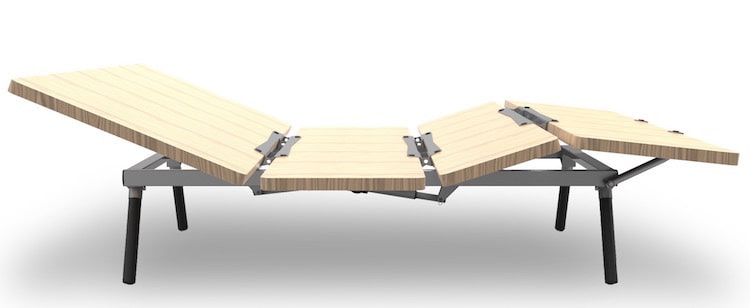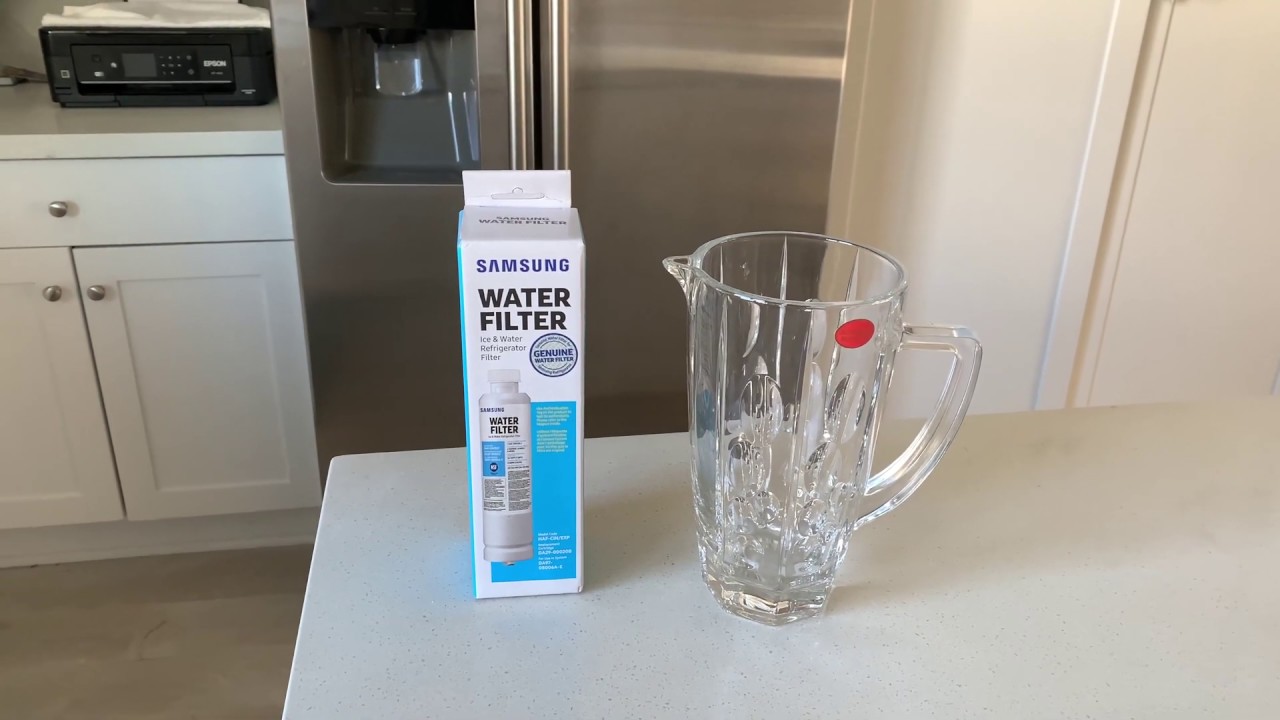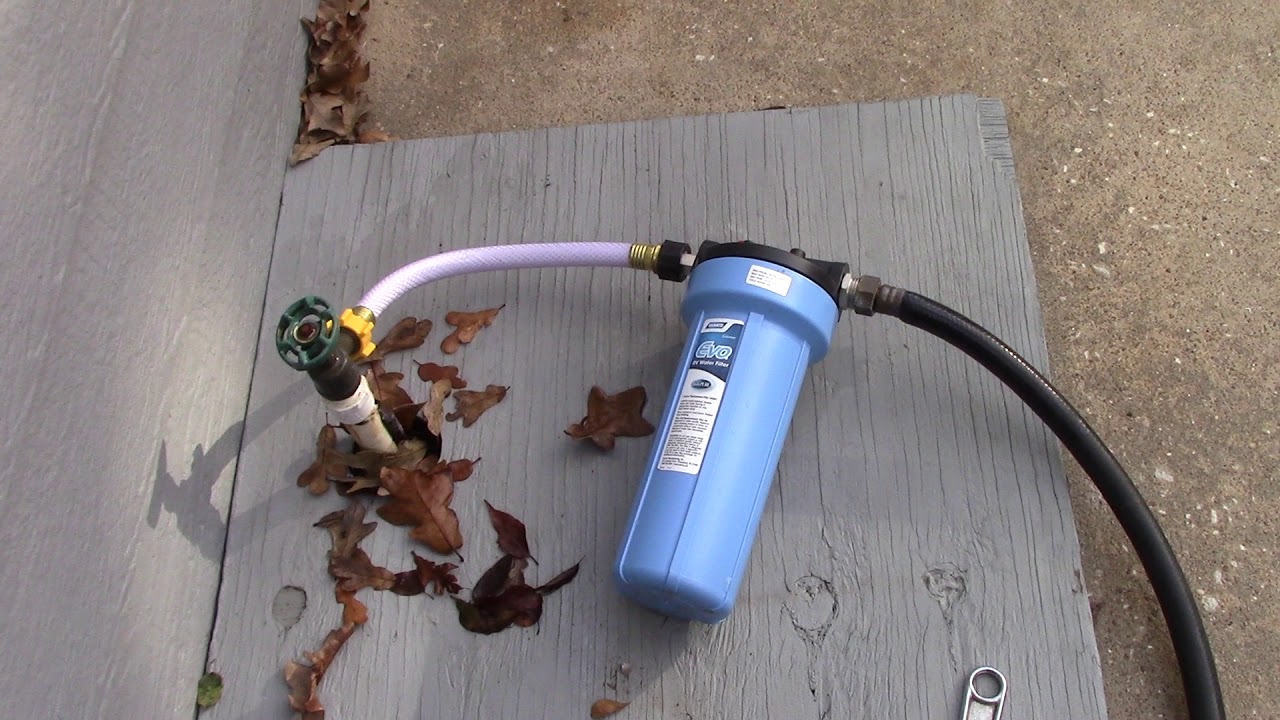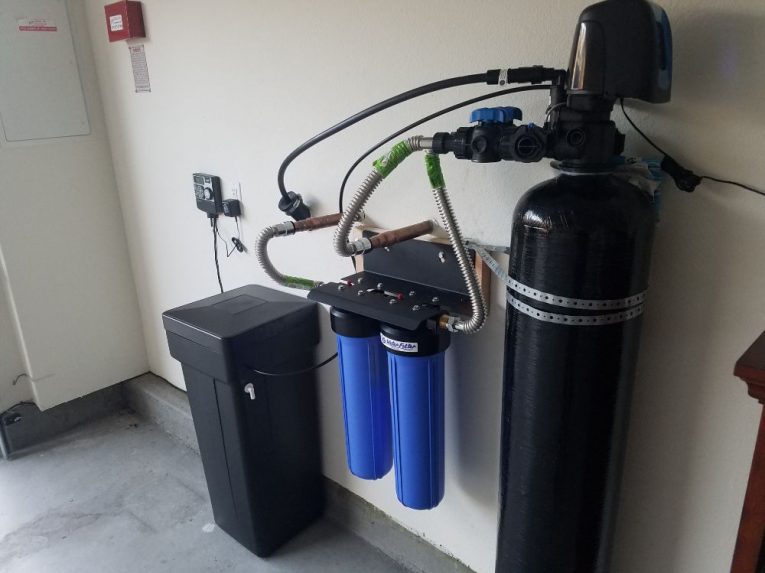Table of Content
- When would you use the cost approach to value real estate?
- Why isn't the cost approach usually used to determine the value of older properties?
- Steps in Cost Approach Appraisal
- Under what circumstances would an appraiser consider the cost approach to be the best valuation method?
- Using the cost approach: An example
He then uses the comparative unit method to determine that the cost to rebuild the property would amount to $50 per square foot for a 2,000 square foot home. At the same time, he used the market extraction method to determine a depreciation percentage of 25%. It also factors in the worth of the land on which the building is situated, as well as the cost of any loss in value, or depreciation that occurs over time. This approach is based on the underlying logic that buyers will not pay more for the building than they would pay if they needed to cover the current cost of producing a similar property. The Cost Approach to appraisal is based around the idea that a property should be priced determined on the cost of the land, plus the cost of construction, minus depreciation. It is based on the idea that a buyer or investor would likely not pay more for the property than it would cost to rebuild or reconstruct a similar property on a comparable piece of land.

Valuing the various components of real estate separately is especially helpful when dealing with property that is new or differs from others in unique ways. The logic behind the cost approach is that it makes little sense for buyers to pay more for a property than what it would cost to build from scratch. The cost approach considers the cost of land, plus costs of construction, less depreciation.
When would you use the cost approach to value real estate?
To get an accurate price range for the group, it is customary to examine the prices of at least three different houses. In such situations, the income and comparables approach becomes impractical. Therefore, the cost approach can provide an analysis that is bias-free as it is not impacted by market sentiment or hindered by speculative forecasting.
Daniel is an expert in corporate finance and equity investing as well as podcast and video production. While there are downsides to the cost approach, there are also situations where this method is ideal. In this article, the methodology behind the Cost Approach is discussed in detail. Upon completion, readers will have a better understanding of the logic and calculations behind the cost approach. This post was determined to be inappropriate by the Tripadvisor community and has been removed.
Why isn't the cost approach usually used to determine the value of older properties?
It can also be helpful when valuing unique properties that may not be easy to replicate or frequently sold. Approach estimates the cost that it would take to construct an exact replica of the property with the original materials, designs, methods, and standards used when it was constructed. When a property is new, the replacement cost and reproduction cost are nearly identical. But, as a property ages and new advances are made in construction practices, this gap will grow. The Cost Approach is one of three commonly used real estate valuation methods.
Electric utility stocks These companies generate predictable revenue, which makes them attractive to low-risk investors. In conclusion, my average M&S Cost Handbook detached home value ranges from $60/sf-$200/sf, before the possible 15%-30% entrepreneurial profit and incentive. Recently, the Wall Street Journal published an increased building cost of 10%-20%, although this may be short-lived due to the pandemic and to-be-resolved supply chain issues. I use several easy-to-follow steps in my minute cost approach development task and are detailed below in the five Cost Approach steps to follow. My experience told me that, just as we do not use only one sale on a sales grid, two disparate value methods would offer much stronger value support. Comparable land may not always be available, which means that the appraisal may not always be accurate.
Steps in Cost Approach Appraisal
This method is particularly useful when the comparable properties and the subject property are highly similar and were sold within the past few months. That means the sales comparison method also relies on an active market for similar properties. The real estate agents can also use a sales comparison approach in determining the estimated cost of a property. They do sales comparison in which they tell the client about their recently sold properties with more or less similar features to frame a cost. By doing so, they may take advantage of their previous good sale and do not let the depreciation affect the cumulative value of the land and property. Moreover, the income approach is used usually for commercial properties where the property generates some kind of revenue as well, for example, shopping malls, apartments, and etcetera.

This is because it tends to make several assumptions, particularly about the land. In real estate, the cost approach appraisal method is one of the common ways appraisers calculate or estimate the value of a property. Whether you choose to follow the replacement cost approach or the reproduction cost approach, the next step is to calculate depreciation. Depreciation is simply a measure of the building’s loss in value, as well as any improvements. The first step of the cost approach is calculating the cost of the building. You can do this by following either the replacement or reproduction method.
A cluttered property should not affect an appraisal, but signs of neglect may reduce the amount of money lenders are ready to offer. As a buyer, seller, or homeowner, you must hire an appraiser directly if you want to know the worth of your property before entering into a contract or listing your home for sale. The potential revenue that a property has plays a significant role in the appraisal process. A different name for this strategy is the income capitalisation technique. To get the rate of return that is to be anticipated, you must first take the net operating income and then divide that number by the capitalisation rate.
With it, an appraiser or analyst attempts to estimate the value of a real estate property based on the cost it would take to build it from scratch. The Market Extraction Method– The market extraction method uses data from comparable sales to estimate the appropriate depreciation percentage to apply to the subject property. Appraisers find the depreciated value of the improvements on the comparable property by subtracting the land value and contributing value of the improvements from the sales price. The percent the comparable property value has depreciated is the depreciated value of the improvements divided by the cost new of those improvements.
In 2010, I was still puzzled by the reticence of many appraisers to embrace the Cost Approach as it increases our level of credibility. To determine the final cost of the property, the value of the land is added to the depreciated cost of the structure. Through this approach, the price of the land is determined by comparing it to the cost of recently sold properties in the area. Reproduction and replacement costs are the two types of valuation techniques. Although just occasionally, some rely on the cost approach when evaluating commercial properties. The Sales Comparison Approach uses the sales data of similar properties within the location of the appraised property to determine the property’s market value.
Conversely, regular evaluations above market pricing may signal a buying opportunity. In this case, it is assumed that the new structure has the same function but with newer materials, utilizing current construction methods and updated design. Naturally, the newer a building, the less of a difference you’ll find in property value between these two approaches. Older buildings, on the other hand, will likely have a more significant cost difference, especially when cheaper, obsolete materials were involved. Because the replacement cost method takes a more practical approach to illustrating building costs, it’s more common.
Using the cost approach, the appraiser estimates the final property value is $760,000. To effectively gauge the potential return on an investment property, understanding its value is a crucial first step. There are several different approaches that appraisers follow to value commercial real estate properties, and cost approach appraisal is among the most popular. Unlike other methods, the cost approach assigns a value based on the costs an investor might incur recreating the same building from scratch. Let's say that, in trying to formulate a valuation for a property, an appraiser used comparables to determine that a similar plot of land is worth $35,000.
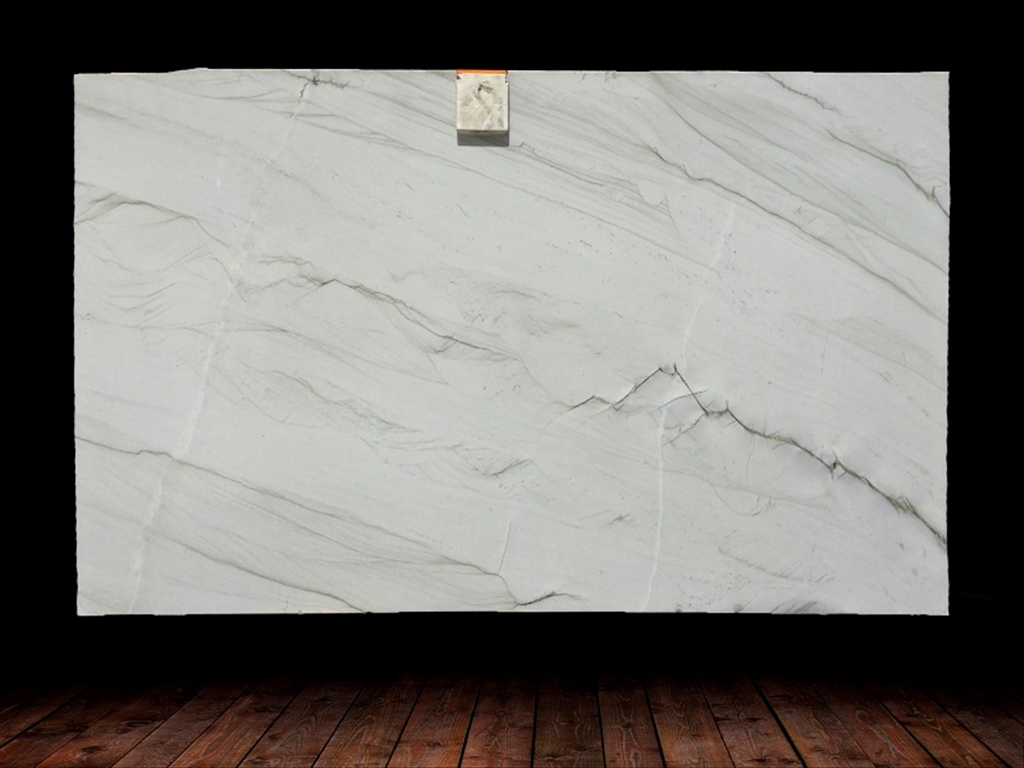
That way, it's easier to find the figures for cost new and there's less to estimate where depreciation is concerned. Unfortunately, the more the property ages, the more guesswork is involved, and it becomes harder to find a valuation using this approach. As a real estate developer, prior to entering the field, I always costed out my projects for profitability.
When calculating the roof’s construction, the expenses of the roof joists and decking plates would be taken into account. Overhead and labor costs are factored into the cost of each component in this manner. As a result, you will have the estimated value of the real estate property. A drop in value may be caused by anything from neglecting necessary repairs to dealing with a stagnant real estate market.
Overall, itt follows the premise that buyers shouldn’t spend more on purchasing a property than they would building that same property from scratch. After appraisers determine how much the land is worth, appraisers need step is to find the replacement cost. In general, the current cost of constructing a similar property while following current building rules and utilizing existing construction materials is referred to as cost new. A valuation method used to determine the fair value of a real estate asset using the sum of the cost of the land and the total construction costs invested on the building. The cost approach of evaluating real estate properties is based on the assumption that the cost of a property should be equal to the cost of building a similar property from scratch. The cost of building a real estate property includes the value of the underlying land and the value of site improvements and constructions, less the depreciation cost of the improvements.


